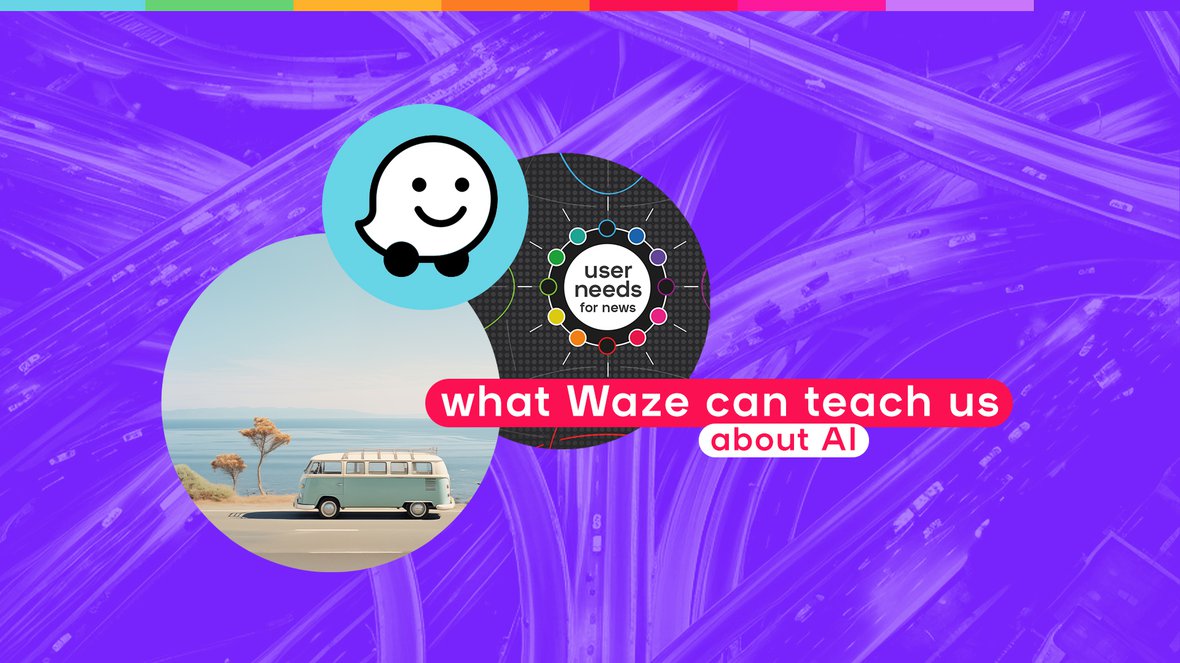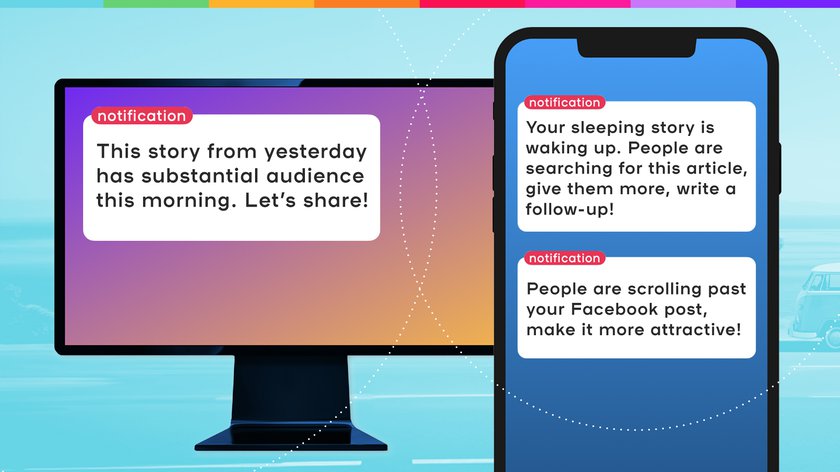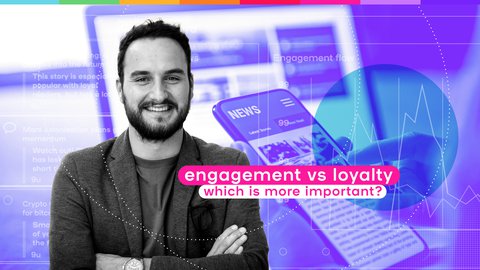Whenever we develop a new functionality of our tool, the end user - that’s you - is always at the centre of that process. With AI being a hot topic, we looked at other areas of our lives where it’s being embraced - and why it works there.
Enter the humble car sat nav. We can all learn a lot from a little cross-sector investigation. And, actually, our tool has developed in much the same way.
“The thing about Waze,” our CEO Erik van Heeswijk says, “is that it’s probably saved thousands of marriages.”
We’d add something less pithy, but just as accurate: the thing about Waze and TomTom and Google Maps is that without us even noticing it happening, they’ve become an indispensable part of our daily lives.
The reason why is simple.
These navigation tools have all created a frictionless solution to a problem that had been bugging the hell out of us. And, more importantly, because the solution is so efficient we’re happy to accept it and defer to its more precise, navigational prowess.
- First we had maps, but you had to read them (best done by a passenger).
- Then we had route planners, where you’d put your destination into a website and print out pages of directions (and who can forget the dizzying confusion of trying to keep hold of those pages after accidentally opening a window?).
- Then along came Waze, and TomTom, and Google Maps (and countless others).
There could have been other things that SatNavs do. They could have shown how the average speed of vehicles on a stretch of motorway changes at various points through the day. They might have sent a notification about how many traffic jams there are nationwide in real time. They could even have pinged you notifications every time you passed a town, or a supermarket, or a soccer club.
But they didn’t.
That data was available, for sure. But is it necessary for what drivers need from a SatNav system, which is fundamentally to get from A to B? Nope.




